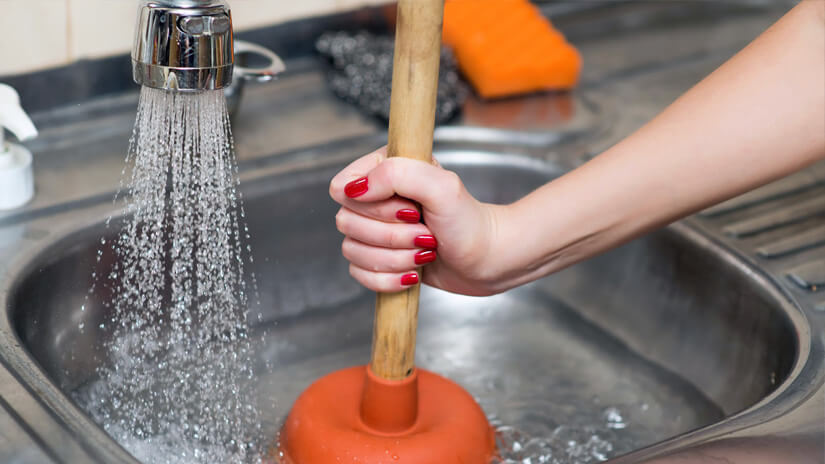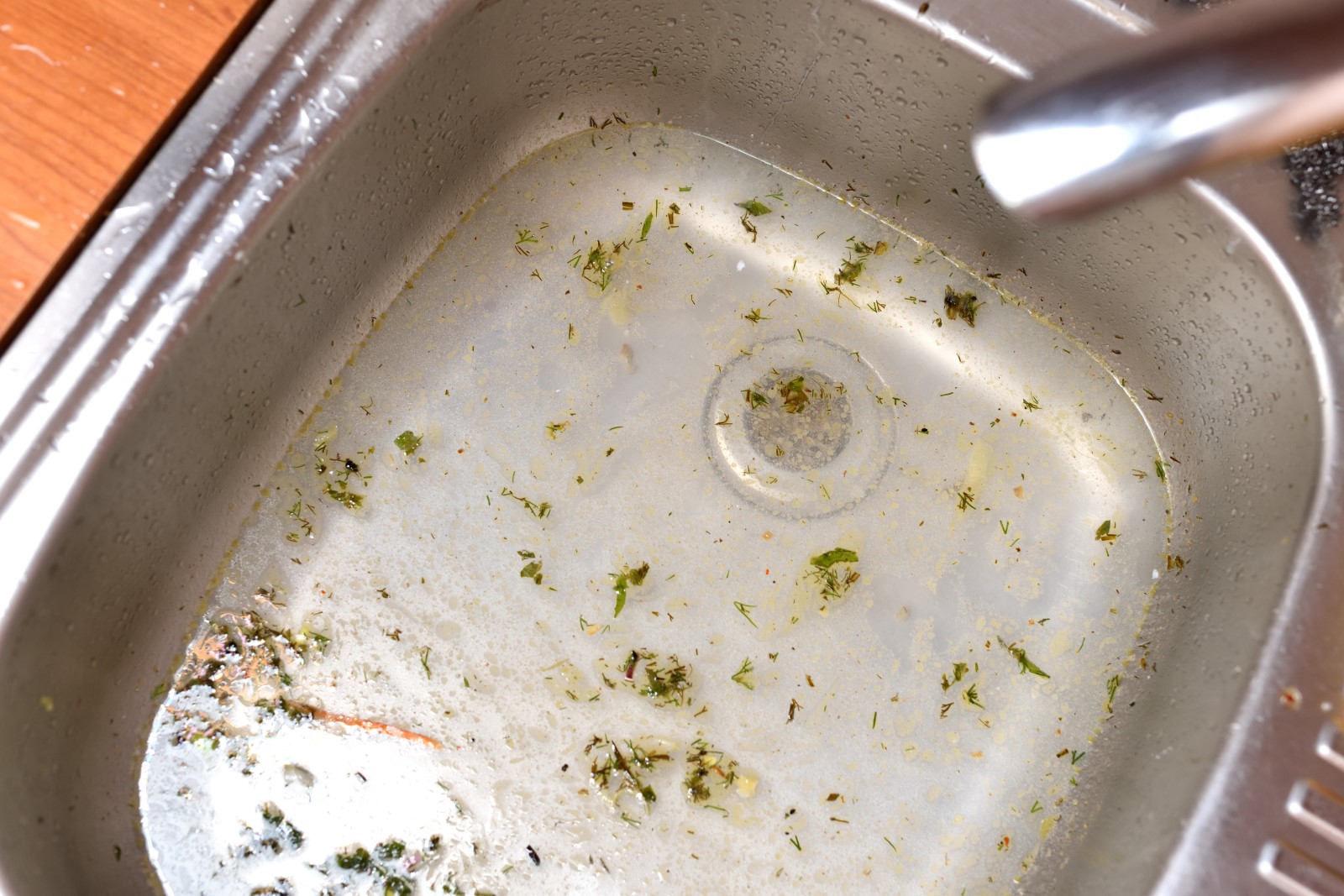Pointers for Dealing with a Blocked Drain Before Contacting Experts
Pointers for Dealing with a Blocked Drain Before Contacting Experts
Blog Article
We've noticed this article relating to Tips for Dealing with Clogged Drains and Sewer Lines listed below on the net and concluded it made perfect sense to write about it with you on this site.

Introduction
Taking care of an obstructed drain can be a discouraging experience, interfering with daily tasks and possibly causing damage to your residential property. Nonetheless, prior to connecting to pipes specialists, there are actions you can take to deal with the problem yourself. In this guide, we'll explore DIY solutions and preventive measures to tackle an obstructed drainpipe properly.
Determining the Problem
The initial step in dealing with a blocked drainpipe is identifying the signs. Slow-moving drainage, gurgling noises, foul odors rising from drains, or water backing up prevail indications of a blocked drain. Determining these indicators early can help stop better complications.
Typical Root Causes Of Obstructed Drainpipes
Recognizing the factors that contribute to drain clogs is necessary for efficient resolution. Usual offenders include hair, soap residue, oil, food particles, and international objects like sanitary items or paper towels. Tree origins invading underground pipes can likewise trigger considerable clogs.
Do it yourself Solutions
For small clogs, numerous do it yourself options can be reliable. Putting boiling thin down the drainpipe can aid liquify oil and debris. Baking soda and vinegar or a mix of salt and baking soft drink can work as all-natural cleansers. Utilizing a plunger or pipes serpent to remove obstructions is an additional choice.
Tools and Tools
Having the right devices handy can make DIY drainpipe cleaning up more reliable. A plunger is a functional device for getting rid of clogs in sinks, commodes, and showers. A pipes snake or auger can get to much deeper clogs, while drain cleansing chemicals can be made use of very carefully for persistent clogs.
Safety nets
To prevent future obstructions, taking on safety nets is essential. Set up drain guards or filters to catch hair and particles before they get in the pipes. Routinely flush drains with hot water to dissolve grease accumulation, and prevent getting rid of grease or strong waste away.
When to Call a Specialist
While do it yourself services can solve small obstructions, specific indications indicate the need for professional assistance. Persistent clogs, foul odors regardless of cleaning up efforts, or numerous drains backing up simultaneously are warnings that warrant experienced intervention.
Choosing the Right Pipes Service
When choosing a plumbing solution, consider variables such as experience, licensing, and client testimonials. Choose a reliable plumbing professional with a performance history of top quality workmanship and transparent rates methods.
Price Considerations
The cost of expert drainpipe cleaning services can vary depending upon the intensity of the clog and the plumbing's rates. Request quotes from several suppliers and ask about any type of additional charges to make sure transparency and prevent shocks.
Safety and security Measures
When attempting DIY drainpipe cleansing, focus on safety and security. Use safety handwear covers and eyewear to avoid contact with harmful chemicals or germs. Never ever mix various drainpipe cleansing products, as this can produce unsafe fumes.
Instance Studies
Real-life instances show the efficiency of do it yourself options and the significance of prompt expert intervention in settling drain clogs.
Conclusion
By adhering to the pointers described in this overview, you can effectively deal with obstructed drains and avoid future pipes concerns. Whether choosing do it yourself solutions or seeking expert aid, punctual action is key to preserving a healthy plumbing system and protecting the integrity of your home.
How to Clear a Clogged Drain Yourself (And When to Call In the Professionals)
What Can Clog a Drain
Dirt Skin flakes Hair Grease Soap scum Food Offset pipes Tree roots Small objects Mineral buildup DIY Tricks to Unclog a Drain
You can fix this! Once you have identified the source of the clog (or have a vague idea), you can try one or a combination of these fixes in order to clear your plumbing.
Wire Hanger or Snake
Untangle and clear out hair from a drainpipe with a homemade snake. Use a straightened-out wire hanger with a 90-degree angle hook to locate the clog and drag out any unwanted material.
Remember not to push the clog further down to where the wire hanger cannot reach! If you need to follow up with a plunger, give it a try. Your efforts might be more successful after it’s been wire-snaked.
If you want to get fancy and don’t have a wire hanger to spare, head to the store and pick up a hand-operated drain snake. You can get one for $10-$30. It may save you the hassle, and provide additional length to reach deep into the clogged pipe.
Plunger
A cup plunger has a suction cup attached to a wooden handle. The rubber creates a seal around the drain, and increases the pressure force of the plunger.
Plunge for 30-second increments to loosen the clog. This may need to be repeated over the course of 15-20 minutes. Once plunged, run the water to flush the remaining material out of the drain.
Remember– never use a plunger if you have used a chemical drain cleaner. These chemicals can splash up from the force of the plunger and cause serious injury or burns.
Boiling Water
Hot water can sometimes break up materials into a flushable amount. Dirt, grease, and soap buildup requires heat in order to unstick from surfaces.
Take your kitchen kettle and heat your water to a boil. Once it reaches a rolling boil, pour it directly down the drain into the blockage. Carefully follow with plunging, if necessary.
Don’t worry if this takes more than one try! It can often take multiple kettles and repeated plunging in order to clear a particularly stubborn clog.
Chemical Drain Cleaner
As a last resort, pick up a bottle of chemical drain cleaner. Drain-cleaning chemicals are potent, and not very good for the environment.
You may need to wear protective eyewear in gloves before handling your bottle of chemical drain cleaner. Follow the instructions printed on the bottle, and flush with water as soon as the instructions allow. Do not follow with plunging.
Baking Soda and Vinegar
As a safer alternative to chemical drain cleaner, baking soda and vinegar can create a chemical reaction that clears tough clogs.
Combine one cup of cleaning vinegar with one cup of boiling water, and set aside. Once you have done this, pour half a cup of baking soda down the drain. Give the baking thirty seconds to settle and cover a large portion of the problem drain.
Following the baking soda, pour down your vinegar and hot water solution. Once the vinegar and baking soda combine, the mixture will bubble and fix. Let this reaction fizzle in the drain for about an hour.
After an hour, follow with a kettle’s worth of hot water. The heat and liquid should flush out any remaining material.
When to Call a Plumber
If your DIY attempts haven’t cleared your clog drain, it’s time to call in a professional. It’s not worth losing access to your kitchen sink or high-traffic bathroom. A clog in a vital area can keep you from the things you’d rather be doing, and derail your routine.
Anytime a clog is causing water to spread is a time to call in a plumbing service. What starts out as a little bit of water can quickly grow into serious, expensive water damage.
Additionally, a serious clog can result in burst pipes or serious leaks. Make sure you know when to take it seriously!
https://myguysnow.com/how-to-clear-a-clogged-drain-yourself-and-when-to-call-in-the-professionals/

As a passionate reader about Tips for Dealing with Clogged Drains and Sewer Lines, I assumed sharing that piece of content was essential. Are you aware of somebody who is very much interested in the niche? Feel free to share it. Thank-you for your time spent reading it.
Call Report this page